Welcome to Ireland
In which we reveal, among other things, the three commercial establishments you’ll find on almost any Irish block.
SSCS just got back from spending some time in Ireland. We’d be reaching if we said we were there on business, but as professionals in the c-store industry we don’t go anywhere without keeping an eye on convenience retailing. It’s what we do; it’s a large part of who we are.
 While our schedule’s tight demands didn’t leave us a lot of time to explore on our own, we did snap photos of convenience retailing establishments whenever the opportunity presented itself (which raised the curiosity of some of our fellow travelers who wondered why we were running down the street to take a picture of, say, a Tesco Express, before the bus left). The result is the series of blog posts we’re starting today, pieces of an Irish travelogue that touches on the industry whenever it can.
While our schedule’s tight demands didn’t leave us a lot of time to explore on our own, we did snap photos of convenience retailing establishments whenever the opportunity presented itself (which raised the curiosity of some of our fellow travelers who wondered why we were running down the street to take a picture of, say, a Tesco Express, before the bus left). The result is the series of blog posts we’re starting today, pieces of an Irish travelogue that touches on the industry whenever it can.
The fast, ambitious pace of our travels, while providing a minimum of down time, meant we covered a lot of ground on this relatively compact island. We landed in a small town called Derry, and over time made our way up the western coast of the island—what is known as the “Wild Atlantic Way“—gradually moving across the top of the island and then down to its more heavily populated eastern side that features bustling commercial centers.
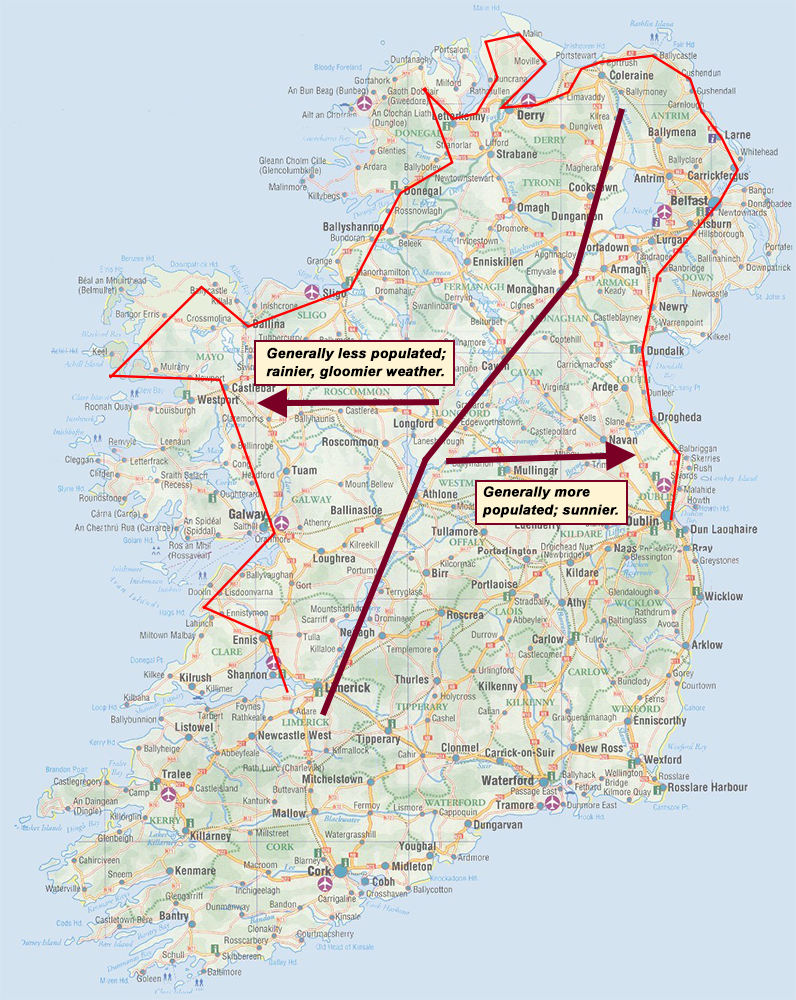 This route gave us a view of two distinctively different sides of Ireland, which we’ve marked on the above map.
This route gave us a view of two distinctively different sides of Ireland, which we’ve marked on the above map.
The west is more remote, rural, and, from what we saw, rainier and foggier. It is quiet, atmospheric, and dotted with small narrow-streeted villages that carry with them more than a whiff of Ireland’s ancient past. Leenane in County Galway, which is adjacent to Ireland’s only Fjord, is a good example. Miles away from what passes as civilization in these parts, accessible only after a significant trek through boglands, it sits tucked beneath rolling hills under damp gray skies, the kind of environment that you’d expect to find in an Irish ghost story.
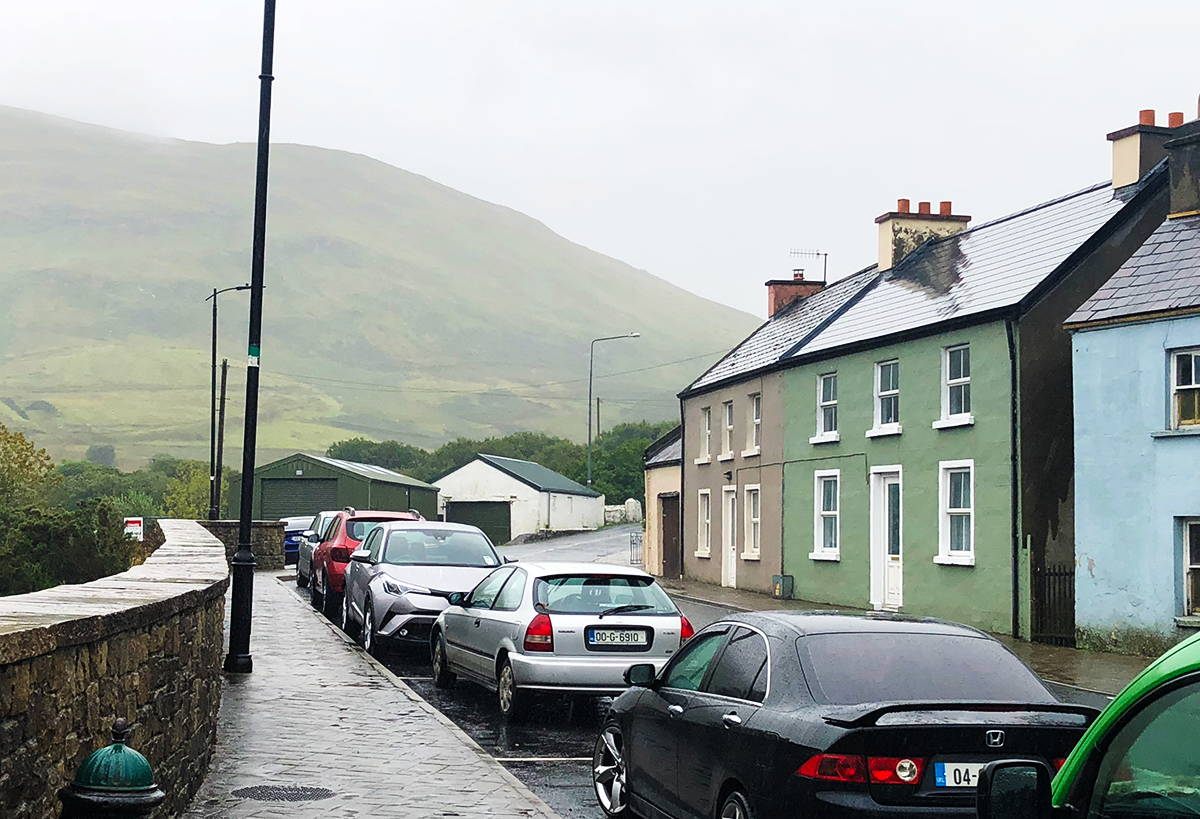 The east, which is more popular with tourists, has better weather, a denser population, and two world-class cities, Belfast and Dublin. The Belfast Opera House illustrates this side of Ireland quite nicely:
The east, which is more popular with tourists, has better weather, a denser population, and two world-class cities, Belfast and Dublin. The Belfast Opera House illustrates this side of Ireland quite nicely:
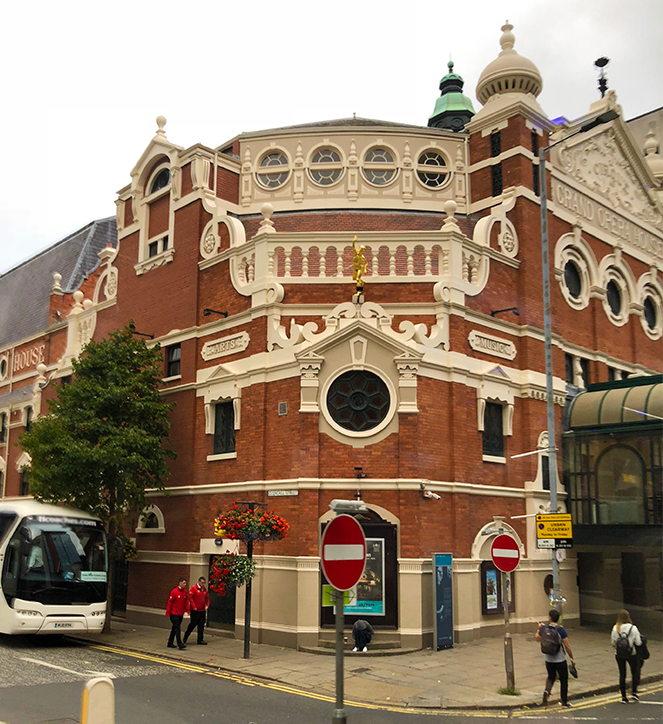 A north-south demarcation also marked our journey as we passed in and out of Northern Ireland (Belfast is its capital), which is part of the United Kingdom as opposed to the larger independent Irish Republic. We’ll talk in more detail about those differences a little bit later, but it didn’t take long for us to realize that almost anywhere you were on the island—whether it was a tiny windswept hamlet or a bustling port city—you were as good as assured of seeing three commercial establishments on any block.
A north-south demarcation also marked our journey as we passed in and out of Northern Ireland (Belfast is its capital), which is part of the United Kingdom as opposed to the larger independent Irish Republic. We’ll talk in more detail about those differences a little bit later, but it didn’t take long for us to realize that almost anywhere you were on the island—whether it was a tiny windswept hamlet or a bustling port city—you were as good as assured of seeing three commercial establishments on any block.
The first, of course, is the pub. Far more than a drinking establishment, this is a neighborhood gathering place that makes a strong contribution to the character of the surrounding community. Music plays a dominant role in pub culture. Westport, one of the towns we visited, is known as a hub for some of the best Irish music in the country. In some cases, pubs line up and even bump into each other.
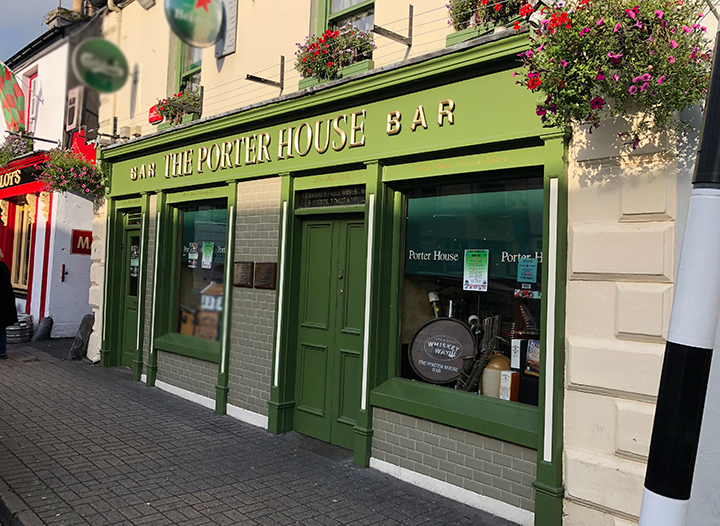 The second is the betting shop, where book is made on sporting events. From what we could see, football (“soccer,” to us Yanks) is where most of the action is. Turns out that when it comes to gambling, Ireland is a bit of a powerhouse, hosting any number of popular online gambling sites. Nothing, however, matches the sight of a bricks and mortar store, bereft of windows, plastered with colorful posters of footballers, and accessorized with at least one sporting enthusiast, gambling form in hand, smoking a cigarette out front. One leading chain, Paddy Power, stands out in any row of shops with its bright green veneer. There are over 600 of them across the United Kingdom and Ireland.
The second is the betting shop, where book is made on sporting events. From what we could see, football (“soccer,” to us Yanks) is where most of the action is. Turns out that when it comes to gambling, Ireland is a bit of a powerhouse, hosting any number of popular online gambling sites. Nothing, however, matches the sight of a bricks and mortar store, bereft of windows, plastered with colorful posters of footballers, and accessorized with at least one sporting enthusiast, gambling form in hand, smoking a cigarette out front. One leading chain, Paddy Power, stands out in any row of shops with its bright green veneer. There are over 600 of them across the United Kingdom and Ireland.
The third…well, you can probably guess this one…is the convenience store. They’re everywhere, although a majority of them are not tethered to a gas station. They take on many shapes and forms, and a disproportionate number post large plastic soft-serve cones in front of their store advertising the availability of ice cream. Though there are many chains, something we’ll talk about in upcoming weeks, there are plenty of independents, too. We’ll end this week’s post with a picture of one of the more colorful independents we came across in Westport, a proprietor who added toys to the mix to go along with other, more ordinary c-store staples. Oh, yeah, and ice cream.
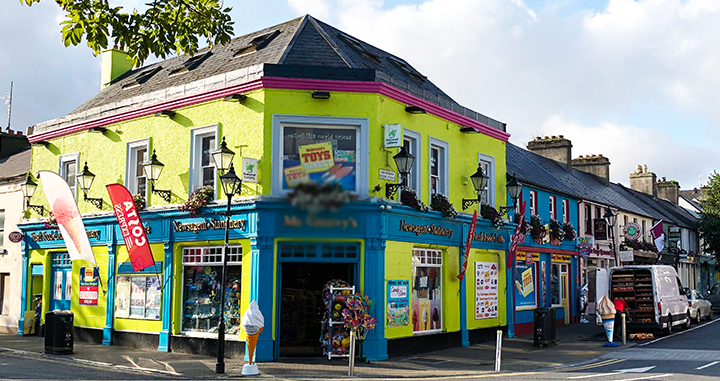 For more, continue onto Part 2 of the adventure.
For more, continue onto Part 2 of the adventure.

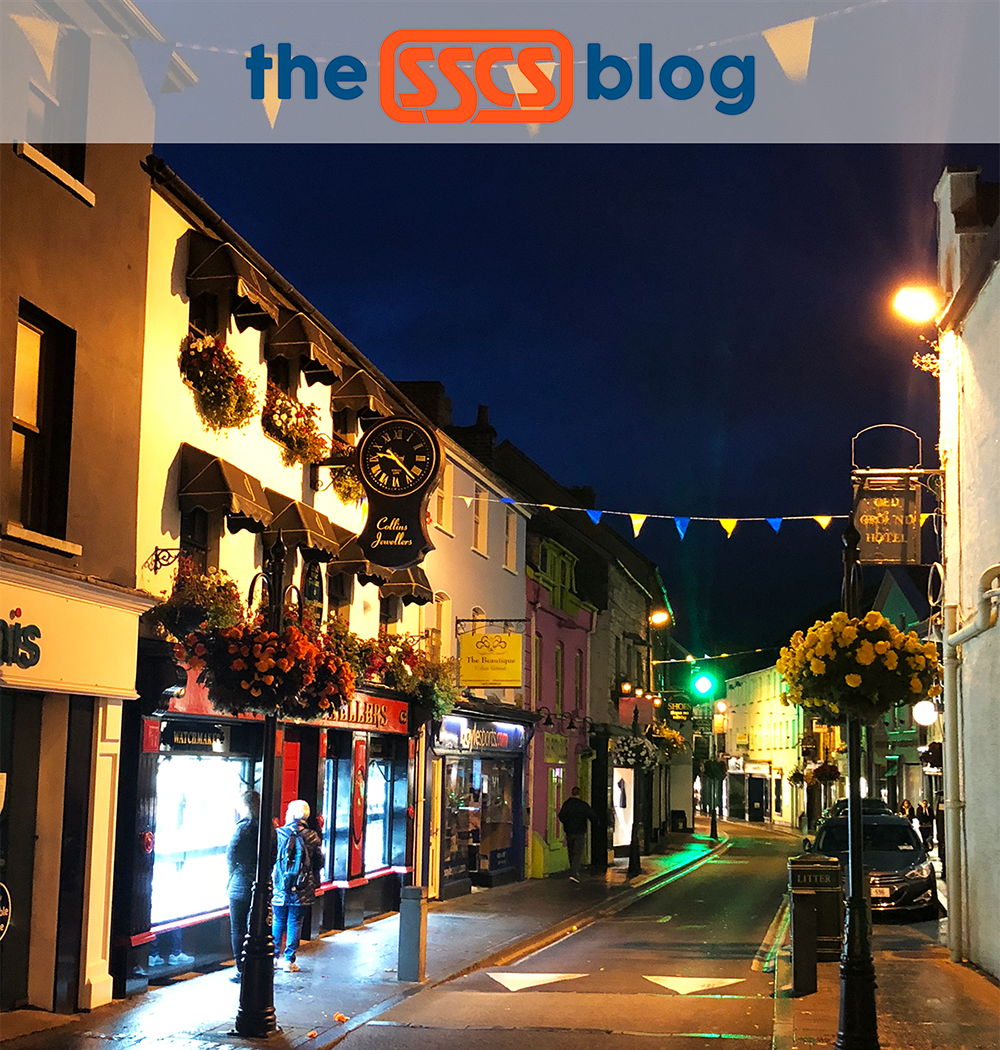


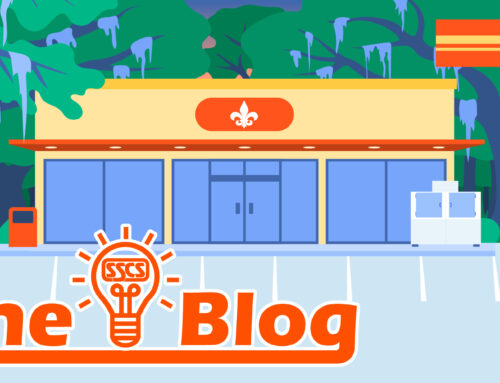


Leave A Comment